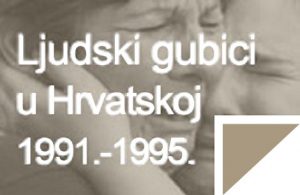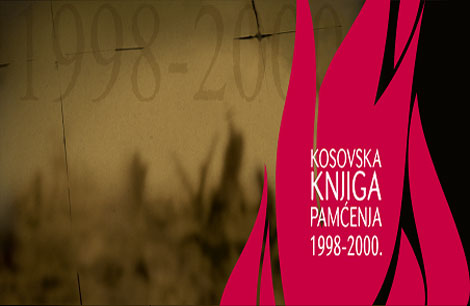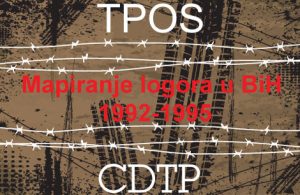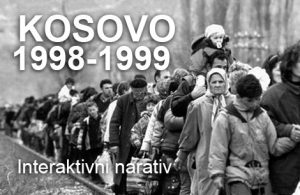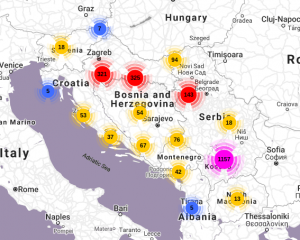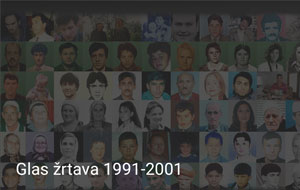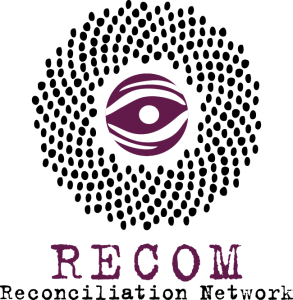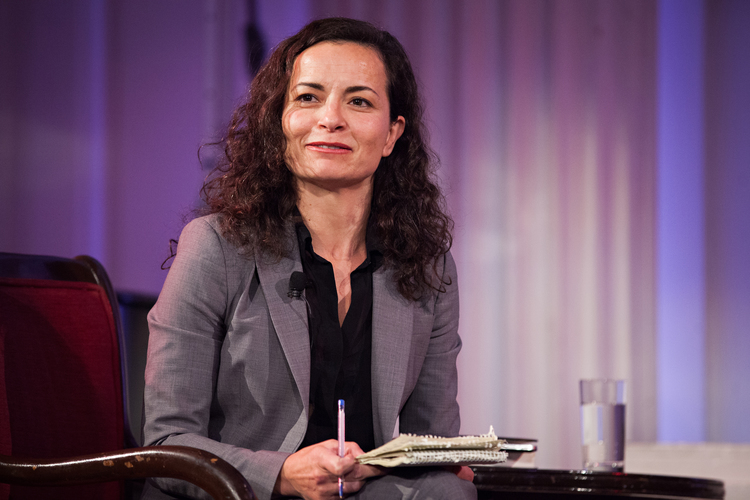
04.11.2015.
International Attorney and Transitional Justice Program Director speaks about Guatemalan dictator’s prosecution
I spoke with Almudena Bernabeu, a Peace is Loud speaker and an international attorney at San Francisco’s Center for Justice and Accountability, on her work leading the prosecution against Guatemalan dictator Rios Montt, the challenges of addressing genocide and racism, and the future of justice for Guatemala, especially in light of Montt’s latest attempts to evade prison.
Q: Can you talk about the significance of Rios Montt being tried by a domestic court as opposed to the International Criminal Court (ICC), and how this trial has served as an example for Latin America and the world?
A: Yes, it’s important to point out the relevance of this kind of trial. The statute that put the ICC to work was approved in 1998, and really it started working in 2002. The decision was that only abuses or human rights violations committed after 2002 would be under the scope or jurisdiction of the court. So, in this case, we really only had domestic national jurisdiction.
Of the many dictators that committed human rights abuses in the 1980s and were tried for their crimes, Rios Montt was the worst. The fact that we were able to hold him accountable in 2012 speaks to the efforts initiated in Spain in 1999. When victims, led by [Nobel Laureate] Rigoberta Menchu, brought the case to Spain, they thought justice could never be achieved in Guatemala. So they brought it to a country, which, at the time, was showing that they would do something, because of the Pinochet case and other efforts. In 2006 (the year I joined the team), we had the opportunity that I’ll always be thankful for, which was to sit down and be tasked with investigating as best we could and proving the genocide in Guatemala in the Spanish National Court. And then we started a process very much in conjunction with the Guatemalan people that were crucial to the case.
Generally, it’s very difficult, courageous and at times even impossible for a country getting over a period of abuse or civil war to then think also about putting institutions to work, especially an institution as crucial as the judiciary, and investigating, finding those people responsible, gathering evidence and listening to witnesses. From a strictly legal/academia standpoint, what was done in Guatemala was one of the bravest, most complicated things to do, which is to bring your own dictator to your own court and hear your own victims.
Q: Can you talk more about how and why The Spanish National Court became involved in a case in Guatemala?
I think there’s a misperception internationally about what has been called universal jurisdiction. All countries have the obligation to investigate and prosecute international crimes on human rights abuses. I think the Guatemala case is a great example of what everybody’s role can be and how you can achieve justice with the intervention of many agents.
Genocide is a complicated felony that has only been proven a few times, in part because it’s hard to prove wanting to destroy a group based on, in this case, racism and ethnic origin. A lot of victims were extremely brave to travel to Madrid to testify. We had experts who carefully deconstructed the crime of genocide. All of that was a universal precedent, it was perfectly legalized, and it was done and kept in the Spanish National Court. That created pressure for the Guatemalan legal institutions—and not in a negative sense—it was support and pressure in almost equal proportion. Claudia Paz y Paz, who would later become the Attorney General in Guatemala, was one of the people who helped us to gather information about human rights abuses. There was a connection between people in Spain, North America and Guatemala in moving this work forward. And I was very proud of that.
Even with all the obstacles we faced, including changing trial dates, all the work done in Spain became absolutely crucial to the case tried in Guatemala. Crucial documentary evidence like Operation Sofia, the military document that was found and presented in Spain, became a crucial piece of evidence. This was discovered due to work done in Spain. The footage that Pamela Yates was able to find, that was introduced into evidence, was compiled in Spain. That is the beauty of this work. That’s the relevance. The Guatemala example shows that the engagement of more than one country in investigating and prosecuting human rights is key, and can produce results as important as this one.
Q: You mentioned how difficult it is to investigate genocide. Is that primarily because it requires testimony on the defense side to prove that claim?

Photo via Center for Justice
and Accountability
It’s a bit of the nature of the way it was defined in the Convention on the Prevention and Punishment of the Crime of Genocide in response to the Holocaust. What scared people the most was the hatred that accumulated towards Jews. This was not just a traditional war in which you kill your enemies, but there was a plan on how to destroy one group of people in particular. That translated in legislative history into what is called specific intent. So there is a need to prove that the intention was to destroy a particular group for particular reasons also specified in the convention. It doesn’t have to be a large group as long as you can prove that the plan was to destroy them because they were all Jewish, or in this case, Mayan.
That’s what made it so challenging. How do we show intent? We decided to bring in experts, and each one of them helped us to prove each element of the crime. We proved racism as a structural element of the Guatemalan society—something that was embedded into society. Since the Spaniards were there in 1492 or so, it was always established that the Mayan were lesser people. In the context of the violence of the 1980s, we tried to deconstruct that kind of hatred and patterns of disdain and destruction, in the same way that was done with concentration camps and mass burnings during the Holocaust. For instance, not only did they go into communities and massacre everybody, but some women were also sent to be raped and subjected to sexual enslavement in military bases. There was a pattern of behavior. They massacred entire communities, then they made sure that those who escaped and ran into the mountains were followed and bombed. They eventually assembled prisoners and made these little towns called Aldeas Modelos which were aimed at re-educating people to live under White standards, to only speak Spanish and ignore Mayan indigenous languages and culture, and so on. We were able to prove that with experts, and that was the most fascinating part of the work.
Q: I was reading some of your interviews about the process of working on the trial and parallels between the racism you saw in Guatemala with the system of slavery and racism in the United States. What’s resonating with me is the level of complicity by everyday people who see this racism happening and aren’t standing up or doing anything to stop it. I especially think about that when I think about police brutality and all the unarmed people of color who have been killed by police in the past year, and this whole system of unaccountability and people in positions of power either abusing their power or being silent instead of making a difference. What do you think is the role of people in positions of power—government officials, police officers, but also anyone with white skin who benefits from privilege—in standing up against racism and discrimination?
I’m not sure I have a great answer, but I love the question. One thing I think people in positions of power can do is to understand this as very much a rooted problem in social conventions. In the United States, there’s a vast perception of people of color, especially men, as living in particular neighborhoods, having a lesser scope of opportunity, and as being synonymous with trouble. People need to analyze these perceptions that they associate with groups of people. Education should address these kinds of harmful perceptions, and we need reforms for these kinds of sick patterns. We can all do what we can do locally, but this is the time for true reform. Even if you don’t actively hurt someone, the lack of accountability and awareness contribute to the harm that these perceptions create, and from that to violence is a very quick jump.
Q: In America, no one wants to be called a racist. And I think that’s where a lot of the lack of accountability comes from. I wonder if you’ve seen that in Guatemala, also?
In the few weeks that the trial lasted, suddenly the biggest issue was being called a racist. They were not denying violence, or killing women and children. But they did not want to be associated with genocide. It became a debacle when we referred to genocide as opposed to crimes against humanity, because genocide assumed racism and they didn’t want to deal with that.
Q: Just to jump back, what are your thoughts on the defense strategy? Pamela Yates stated that the defense strategy for Montt all along has been to prevent the trial from ever restarting, largely because what was exposed in the original trial was so shocking, especially in a country where people deny the genocide ever happened. Particularly given Montt’s team’s recent efforts to have him declared unfit to stand trial, what do you think are the chances of this strategy succeeding, and how can it best be combatted?
The truth is, by being so stubborn in trying to lift the sentence they’re actually showing what they’ve been trying to hide, which is how guilty they are. They’re putting so much effort into denying it. It’s like Pinochet—him and Rios Montt both are going to die in their graves as genociders. The most brutal side of this is the impact on Guatemalan society. It gives more fuel for them to go after people who were part of the trial. This is all very tiring. I can see how my colleagues and friends are suffering from having to have the stamina and courage to continue with cases like this.
I also believe that the Guatemalan people have grown quite a bit. To bring Rios Montt to trial, we need a stronger society. Just recently, they were asking the President to step back. They’ve had corrupt presidents forever, but this was the first time the Guatemalan people took to the streets to get rid of the President. That understanding of civil disobedience and mass action shows that they believe they have power and is very much associated with the trial.
Q: The level of denial that the genocide ever occurred is shocking, particularly given the direct testimony of indigenous people that lived through it. How can nontraditional pathways to justice be created and maintained in cultures of continued immunity? How can we be sure that young Guatemalans grow up knowing what really happened?
To be honest, I’ve been exploring this as a lawyer for many years now. I believe in justice delivered by the courts—that’s what I do. But in South Africa, for instance, they sacrificed that for reconciliation; now they’re bringing cases to court. The piece that’s most important is acknowledgement. In Guatemala, there’s so much denial. Children are taught that there was never a genocide. If I were the boss of the world, I would make constitutional engagements to revert this level of denial. Education will play a huge role. Guatemala is not yet there. I hope it gets there.
